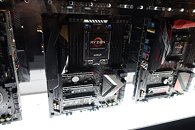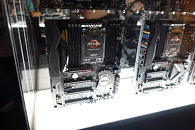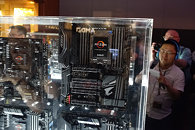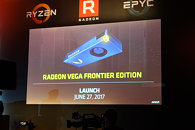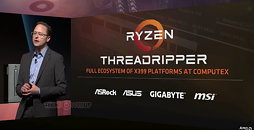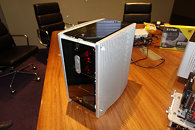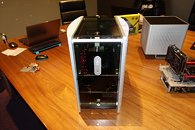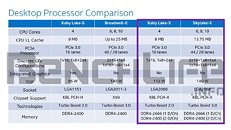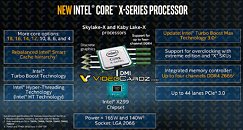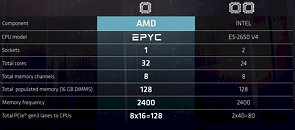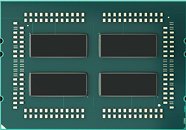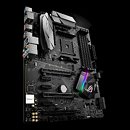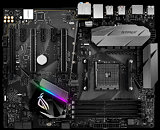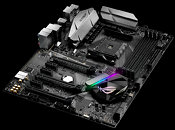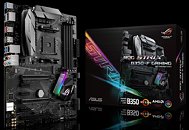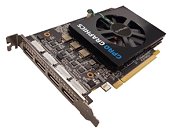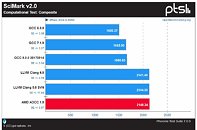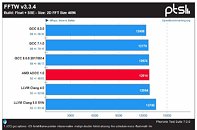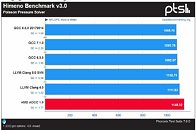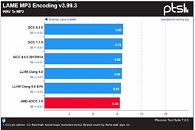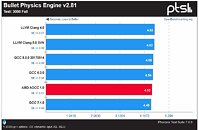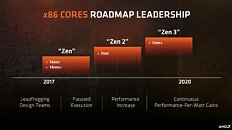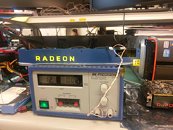
QNAP Unveils World's First Ryzen-based NAS at Computex 2017
Amidst the cutting-edge innovations in NAS, networking, and IoT presented by QNAP Systems, Inc. at COMPUTEX 2017, the announcement of the world's first AMD Ryzen-based NAS took center stage and underlined QNAP's commitment to push the boundaries of NAS performance and functionality.
The new TS-x77 series leverages the incredible power of Ryzen, featuring processors with up to 8-cores/16-threads with Turbo Core up to 3.7 GHz to greatly boost virtualization performance. The TS-x77 is designed as a high-performance, highly-capable tiered storage geared for I/O intensive and virtualization applications, and also supports AMD Radeon and NVIDIA graphics cards to satisfy resource-demanding video editing and playback.
The new TS-x77 series leverages the incredible power of Ryzen, featuring processors with up to 8-cores/16-threads with Turbo Core up to 3.7 GHz to greatly boost virtualization performance. The TS-x77 is designed as a high-performance, highly-capable tiered storage geared for I/O intensive and virtualization applications, and also supports AMD Radeon and NVIDIA graphics cards to satisfy resource-demanding video editing and playback.



